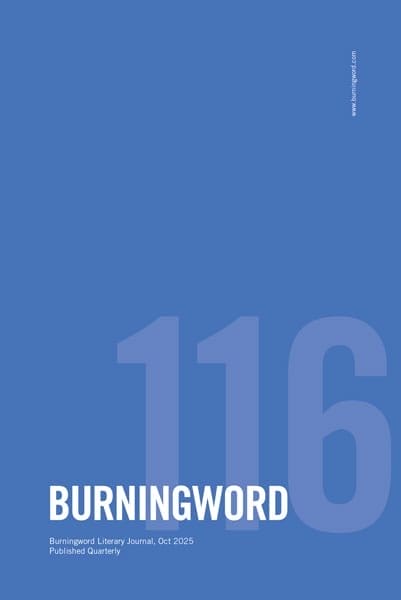The first human cremains I should have seen? What kind of question is that? I have an answer — my mom’s. I did not see them because when they were done (is that the right way to put it?) I was living 300 miles away. I had them overnighted to her mother, 1,200 miles away. The first human cremains I actually saw were on the east bank of the Susquehanna River in Harrisburg, Pennsylvania. Heavy-duty plastic bag, from a distance like sand. But then, label, name, death date, crematorium address. The name was Duka. I thought it was a cremated dog, like a female Duke. I regret this assumption but I volunteer at the dog shelter and they aren’t no-kill, so.
The next morning I returned, re-read the label, saw a surname. A person. Two coins by the bag. Fare for Charon? A straight shot to one of the islands, the afterlife. It’s a wide river.
I searched for an obituary, found none. Do I often search for obituaries? I’m not going to answer that. Saw references to the ethnicity. Nepalese. The city had accepted Nepalese earthquake refugees. They lit funeral pyres on holy rivers, part of the passage to reincarnation. I guessed that waterborne funeral pyres were not allowed in central Pennsylvania. I could picture elderly Nepalese doing the next best thing, ferrying ashes to the river’s edge, just setting them there. And the coins not for Charon, but maybe Lakshmi coins. Wealth.
I went back day after day and crouched by the bag, curious and sad. Who else visited? Is that a question you’re really asking?
I had this question: Why ashes? Cremains look like smashed coral. When have I seen smashed coral? When haven’t I. I kept thinking of the scene in Cheryl Strayed’s Wild where she tastes her mom’s ashes. I could not imagine putting this fine gravel of bone against my lips. I could envision reincarnation, however. Even Charon, I could imagine him.
What happened to the cremains? A flood, rafts of branches pummeled the bank, broke the bag. When the river level dropped to shallow, I could see a white swirl embedded in the mud, like a shred of a shroud. Wouldn’t the flood have taken it all away?
I hate your questions. Why not ask what compelled me to return and look.
Jen Hirt is the author of the memoir Under Glass: The Girl with a Thousand Christmas Trees, the essay collection Hear Me Ohio, and the poetry chapbook Too Many Questions About Strawberries. She is the co-editor of two anthologies of creative nonfiction. She is the editor at the Journal of Creative Writing Studies. Her work has won a Pushcart Prize, has been listed as “notable” in Best American Essays, and was nominated by Terrain for the John Burroughs Nature Writing Award. She is an associate professor at Penn State Harrisburg. Read more of her work at jenhirt.ink


